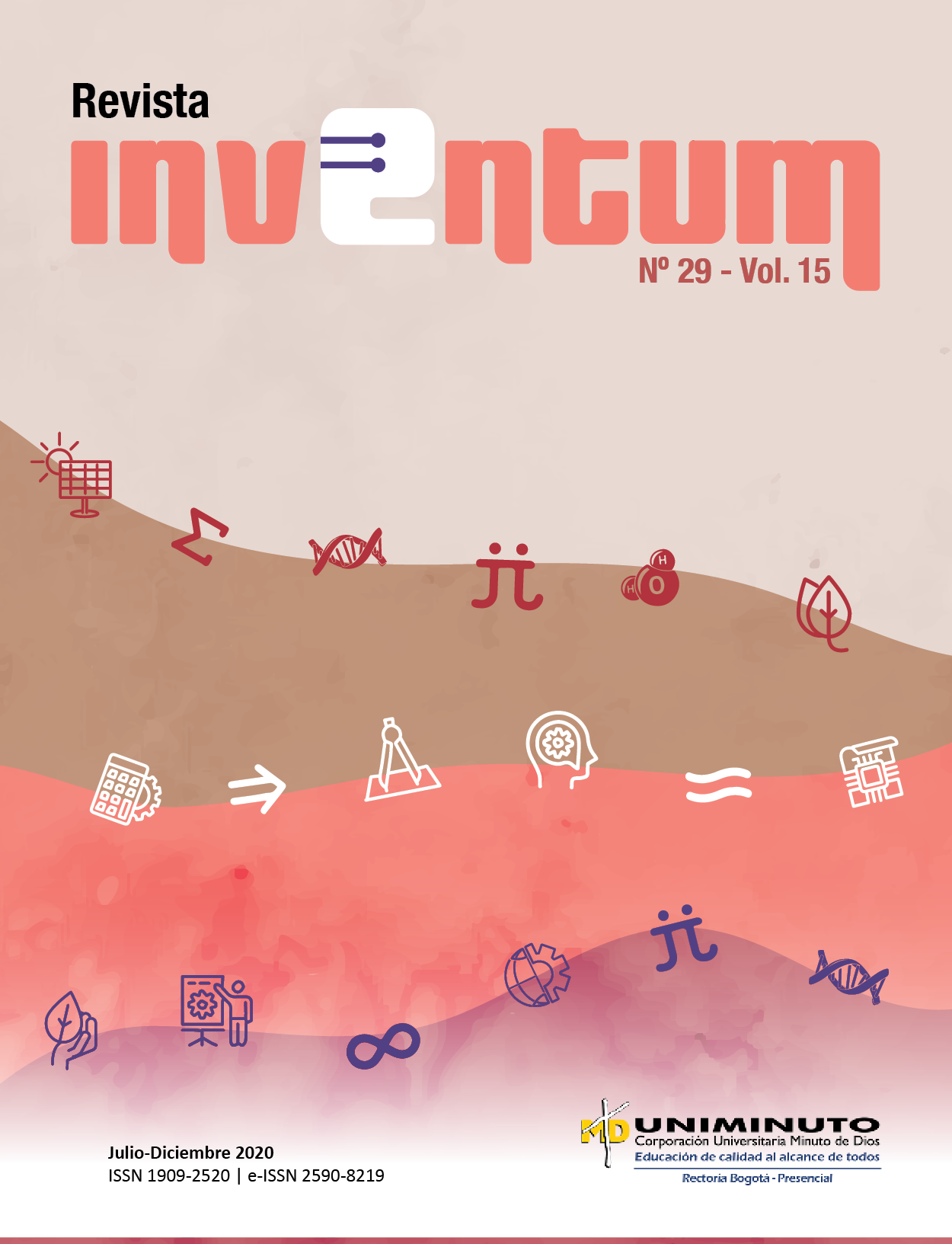¿Los conductores de transporte público perciben el peligro apropiadamente en las carreteras de montaña?
Contenido principal del artículo
Resumen
Los conductores de transporte público, debido a su exposición diaria, debieran tener un buen nivel de reconocimiento de peligros en las carreteras de montaña. Por lo tanto, el objetivo de esta investigación fue analizar la percepción del peligro de los conductores de transporte público. Para ello, se fotografiaron 12 sitios de carreteras en topografía montañosa y se les mostraron a 97 participantes. La percepción del peligro, recolectada con encuesta en línea, se comparó con el peligro objetivo, el cual se calculó mediante la metodología iRAP. Como resultado, los conductores no reconocen los peligros de los sitios más peligrosos, lo cual es preocupante, especialmente en este tipo de carreteras. Se calibraron 4 ecuaciones para predecir en peligro objetivo en base al peligro percibido. No se encontraron diferencias en la percepción del peligro en base a los años de experiencia y a los tipos de licencia. Los resultados de este estudio permitirán que las instituciones encargadas de la seguridad vial generen cursos específicos para este tipo de conductores, o mejoren el proceso de formación de los aspirantes a conductores.
Detalles del artículo
Sección
Se solicita a los autores que diligencien el documento de cesión de derechos de autor sobre el artículo, para que sea posible su edición, publicación y distribución en cualquier medio y modalidad: medios electrónicos, CD ROM, impresos o cualquier otra forma, con fines exclusivamente científicos, educativos y culturales
- La obra pertenece a UNIMINUTO.
- Dada la naturaleza de UNIMINUTO como Institución de Educación Superior, con un modelo universitario innovador para ofrecer Educación de alta calidad, de fácil acceso, integral y flexible; para formar profesionales altamente competentes, éticamente responsables y líderes de procesos de transformación social, EL CEDENTE ha decidido ceder los derechos patrimoniales de su OBRA, que adelante se detalla para que sea explotado por ésta
- El querer de EL CEDENTE es ceder a título gratuito los derechos patrimoniales de la OBRA a UNIMINUTO con fines académicos.
Cómo citar
Referencias
[2] J. Hall and R. West, “Role of formal instruction and informal practice in learning to drive,” Ergonomics, vol. 39, no. 4, pp. 693–706, Mar. 1996. https://doi.org/10.1080/00140139608964490
[3] A. Borowsky and T. Oron-Gilad, “Exploring the effects of driving experience on hazard awareness and risk perception via real-time
hazard identification, hazard classification, and rating tasks,” Accid. Anal. Prev., vol. 59, pp. 548–565, 2013. https://doi.org/10.1016/j.aap.2013.07.008
[4] D. Crundall, “Hazard prediction discriminates between novice and experienced drivers,”Accid. Anal. Prev., vol. 86, pp. 47–58,
Jan. 2016. https://doi.org/10.1016/j.aap.2015.10.006
[5] S. E. Lee et al., “Detection of road hazards by novice teen and experienced adult drivers, ”Transp. Res. Rec., vol. 2078, no. 2078,
pp. 26–32, 2008. https://doi.org/10.3141/2078-04
[6] T. S. A. Wallis and M. S. Horswill, “Using fuzzy signal detection theory to determine why experienced and trained drivers respond faster than novices in a hazard perception test,”Accid. Anal. Prev., vol. 39, no. 6, pp. 1177–1185, Nov. 2007. https://doi.org/10.1016/j.aap.2007.03.003
[7] G. Underwood, “Visual attention and the transition from novice to advanced driver,” Ergonomics, vol. 50, no. 8, pp. 1235–1249, Aug. 2007. https://doi.org/10.1080/00140130701318707
[8] M. S. Horswill, K. Taylor, S. Newnam, M. Wetton, and A. Hill, “Even highly experienced drivers benefit from a brief hazard perception
training intervention,” Accid. Anal. Prev., vol. 52, pp. 100–110, Mar. 2013. https://doi.org/10.1016/j.aap.2012.12.014
[9] L. Dorn and J. Stannard, “Simulator performance differences between experienced and novice bus drivers,” University of Roma TRE, 2006.
[10] M. S. Horswill and F. P. McKenna, “Drivers’ hazard perception ability: Situation awareness on the road,” in A Cognitive Approach to Situation Awareness, Ashgate, 2004, pp. 155–175.
[11] F. P. McKenna and J. L. Crick, “Hazard perception in drivers: a methodology for testing and training | TRL,” Jan. 1994.
[12] Beca, “Actual and perceived risk and effects on driver behaviour report,” New Zealand, 2014.
[13] S. Bromberg, T. Oron-Gilad, A. Ronen, A. Borowsky, and Y. Parmet, “The perception of pedestrians from the perspective of elderly
experienced and experienced drivers,” Accid. Anal. Prev., vol. 44, no. 1, pp. 48–55, Jan. 2012. https://doi.org/10.1016/j.aap.2010.12.028
[14] C. Moran, J. M. Bennett, and P. Prabhakharan, “Road user hazard perception tests: A systematic review of current methodologies,”
Accid. Anal. Prev., vol. 129, pp. 309–333, Aug. 2019. https://doi.org/10.1016/j.aap.2019.05.021
[15] “iRAP - International Road Assessment Programme.”[Online]. Available: https://www.irap.org/. [Accessed: 02-Mar-2020].
[16] IRAP, “ViDA,” 2. [Online]. Available: https://vida.irap.org/es/home. [Accessed: 04-Mar-2020].
[17] Ministerio de Salud Pública, “Coronavirus COVID 19 – Ministerio de Salud Pública,” 2020. [Online]. Available: https://www.salud.gob.ec/coronavirus-covid-19/. [Accessed: 03-Jun-2020].
[18] Y. D. García-Ramírez and F. Alverca, “Calibración de Ecuaciones de Velocidades de Operación en Carreteras Rurales
Montañosas de Dos Carriles: Caso de Estudio Ecuatoriano,” Rev. Politécnica, vol. 43,
no. 2, pp. 37–44, Jul. 2019. https://doi.org/10.33333/rp.vol43n2.1012
[19] Google, “G Suite: Aplicaciones de colaboración y productividad para empresas,” 2020. [Online]. Available: https://gsuite.google.
com/intl/es-419/. [Accessed: 14-Jul-2020].
[20] G. Šimaitė and A. Česnulevičius, “Vairuotojų reakcijos tyrimas [Examination of drivers‘ reaction time],” Jaun. Moksl. darbai, vol. 2,
no. 40, pp. 63–66, 2013.
[21] State College, “Minitab 14.2 Statistical Software [Computer program].” PA: Minitab, Inc., 2005.
[22] ANT, “Estadísticas sobre Siniestros de Tránsito,” Estadísticas de siniestros de tránsito - Agencia Nacional de Tránsito del Ecuador, 2020. [Online]. Available: https://www.ant.gob.ec/index.php/estadisticas. [Accessed: 17-Feb-2020].





